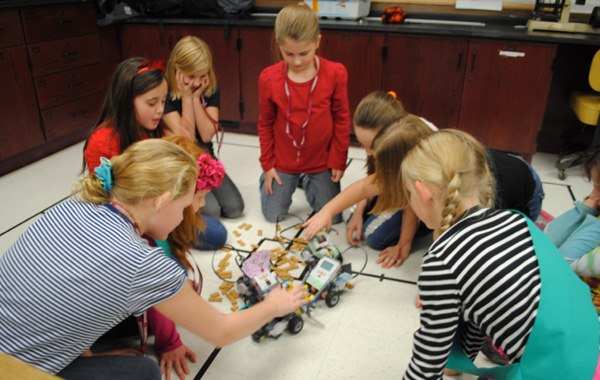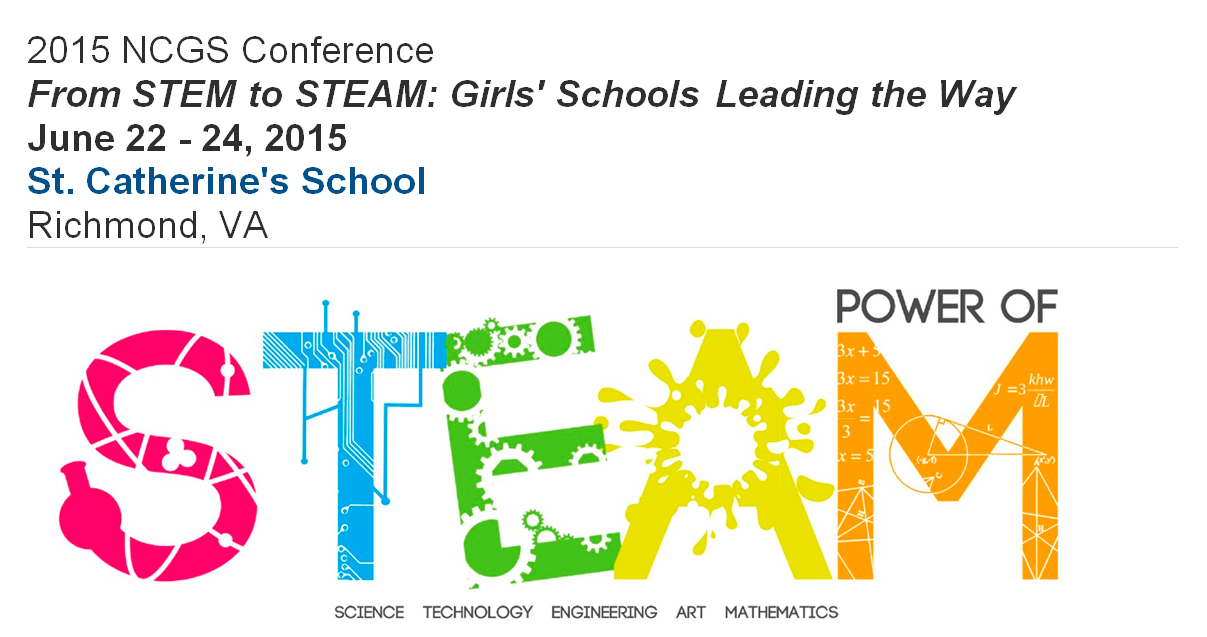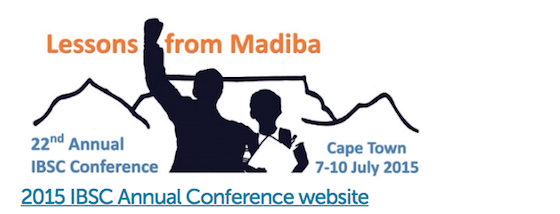
Women and technology
Single-sex schools, due to their ease in personalizing the teaching-learning process, help to reduce gender stereotypes, to break deeply rooted schemes in society. The percentage of female students in these schools who are registered in technical degrees -traditionally associated with boys- is well above average. The same happens with the boys who enroll in humanistic degrees. This confirms the fact that the separation of the sexes at these ages makes it easier for each person to do what they would like, without being so subject to the expectations of society or to comparisons with the other sex.
The following article was published in La Vanguardia on 12th January 2022.
According to UNESCO, 35% of students enrolled in STEM degrees (acronym for Science, Technology, Engineering and Mathematics) are women, as revealed by the report 'Cracking the code: the education of women and girls in the field of STEM'. A percentage that plummets in the field of information and communication technologies (ICT): only 3%. If the future passes through these fields and women are not in them, it will be difficult for them to have the same opportunities.
It is a vicious circle. Without students, there are no engineers, mathematicians, scientists, computer scientists or researchers. Without professionals, there are no references. And without referents, there are no students. If we add to this sequence the prevalence of roles that distance women from STEM skills from early childhood, the work becomes more complicated, as highlighted in the White Paper on Women in the Field of Technology (Ministry of Economy and Business, 2019).
Puzzles, construction or science-related toys, among others, help develop skills related to science, engineering or mathematics. The authors of the White Paper emphasize that, on the contrary, girls are directed towards "a whole series of dolls, prams, babies, fashion or aesthetic games, as well as kitchens and household chores, with characters mainly related with princesses and with a preponderance of the color pink”.
In contrast, as indicated in their report, although the trend has changed a lot in recent years, children are focused on the color blue, cars and transport, construction games, superheroes, adventures, etc. It is not about the toy itself, but about the skill that is worked when playing with it (such as spatial understanding or mathematical reasoning), as they highlight. Also to the unconscious assignment that we give to the areas or activities, which we directly associate with boys and girls, which conditions the choice of university degrees when they are older.
Gender stereotypes and the lack of references limit their options in areas that do not exclude them, but do not encourage them. From UNESCO, they are clear: empowering girls and women to study and pursue degrees in the field of STEM is urgent and necessary. A visible example in times of pandemic: women represent only 25% of the experts who lead research teams worldwide, according to figures from the International Labour Organization (ILO).
Break the ceiling
To achieve full inclusion of women in the scientific and technological field, more and more companies, entities and organizations have scholarships and programs that seek to promote the female presence in these fields. This is the case of Banco Santander which, in collaboration with 50&50 Gender Leadership, has held the second edition of the Tech GL Santander Leadership Program #ChicasImparables. The objective is to promote the digital skills of 50 students in STEM disciplines, develop their self-confidence, improve their employability and their subsequent employment.
A program spread over three thematic days at the facilities of the financial institution that featured speakers such as Gloria Lomana, president of 50&50 GL, Cristina Villanova, corporate general manager of Catenon, Belén Gancedo, director of Education at Microsoft, Marta Martínez, general manager from IBM, Irene Cano, CEO of Facebook Spain and Portugal, Michel Sánchez, CEO of Santander Asset Management and Carles Solé, CISO of Santander Spain.
Under the name 'Tech & Creativity Entrepreneurship', the first day revolved around a symbolic project called "Connect your city with R+I" and guided by the teachers. The second has focused on the importance of having the teams to generate sustainable, diverse and egalitarian environments. Finally, the conference entitled 'Connected World & Decision Making', has served for young people to learn how to design the best presentation of their projects.
Matter of numbers
The presence of women in STEM fields is key for equality to scale to other fields, from boards of directors, parliaments or courts. It is also the case for our economy. According to ClosinGap, the first indicator that measures the opportunity cost of gender inequality is the GDP; having joint teams would have contributed an increase of 230,847 million euros to the Spanish GDP -18.5% more- according to the volume of the economy in 2019.
Given this scenario, it is not surprising that the Sustainable Development Goals (SDGs) included in the 2030 Agenda have also focused on the underrepresentation of women in STEM fields. That trend turned into ballast is a powerful tractor that drives other goals, such as the fight against climate change and hunger, among them. In short, not attracting and encouraging female talent in STEM limits the potential and capacity of an economy whose future is undeniably technological and digital.



